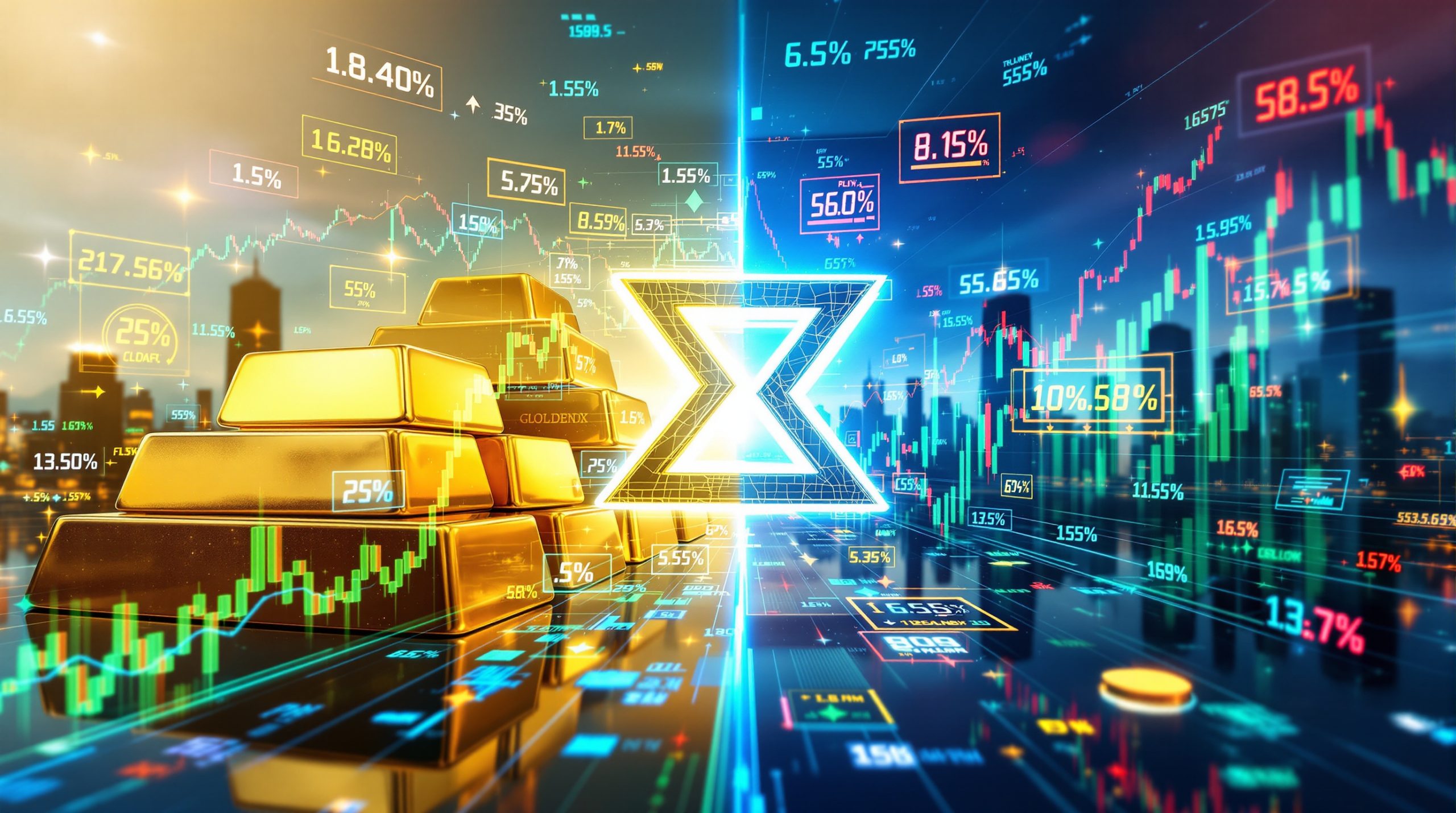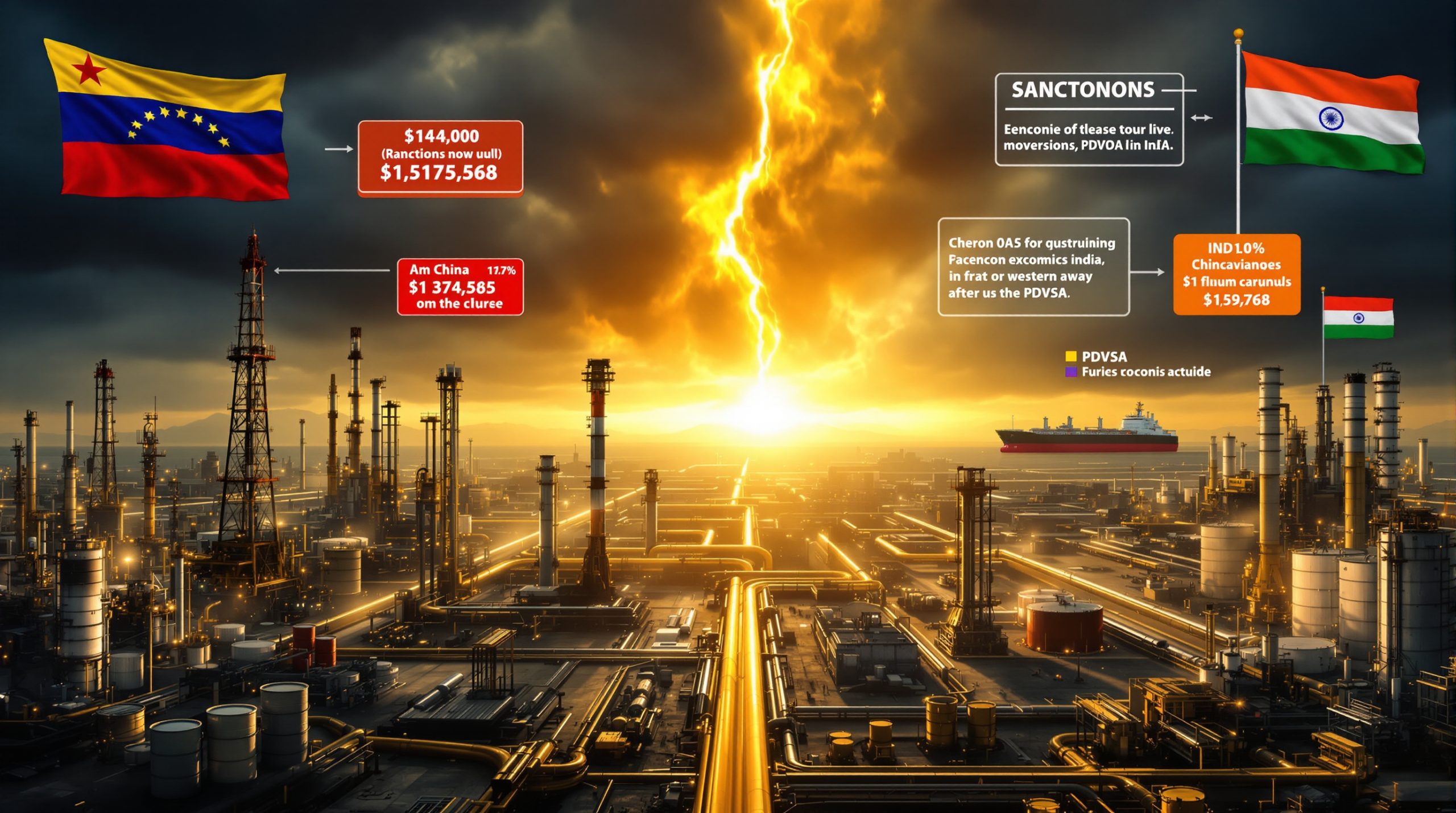Bolivia's Current Lithium Production Challenges
Bolivia sits atop the world's largest lithium reserves, containing approximately 23 million metric tons of the critical battery metal. Despite this geological advantage, the South American nation produces just 3,500 metric tons annually through its state-owned company YLB, representing less than 1% of global lithium supply. This minimal output starkly contrasts with neighboring Chile's robust 300,000-ton annual production capacity.
The disparity between Bolivia's resource endowment and actual production highlights fundamental infrastructure and technical challenges. YLB operates well below its stated 15,000-ton capacity, utilizing conventional evaporation methods that prove inadequate for Bolivia's unique geological conditions. The country's lithium-rich brines contain high magnesium concentrations, making extraction significantly more expensive and technically complex compared to deposits in Chile and Argentina.
Furthermore, examining global patterns reveals important insights for Bolivia's development strategy. Argentina lithium insights demonstrate how similar brine conditions can be successfully managed with proper technology implementation.
Geographic and Logistical Constraints
Bolivia's landlocked position creates additional export challenges, with the nearest port located over 300 miles away in Chile. This geographic disadvantage substantially increases transportation costs and complicates supply chain logistics for potential international buyers. Current export revenues remain minimal, estimated at less than $50 million annually, reflecting both limited production volumes and basic processing capabilities.
| Production Metric | Current Status | Target Capacity | Global Context |
|---|---|---|---|
| Annual Output | 3,500 tons | 15,000 tons | <1% market share |
| Processing Method | Evaporation | DLE transition | Outdated technology |
| Export Revenue | <$50 million | Undetermined | Negligible impact |
| Reserve Size | 23 million tons | World's largest | 2x Chile's resources |
The production infrastructure gap becomes more apparent when considering that Bolivia possesses double the lithium resources of Chile yet achieves roughly 1% of its neighbor's output. This discrepancy underscores the critical importance of technology, investment, and regulatory frameworks in transforming geological potential into commercial reality.
Political Transition and Partnership Restructuring
President-elect Rodrigo Paz assumed office on November 8, 2025, following his electoral victory over conservative rival Jorge Quiroga in the previous month's runoff. The centrist leader inherits a complex web of international lithium partnerships established by the previous administration, including contracts with China's Contemporary Amperex Technology Co. (CATL) and Russia's Uranium One that remain under congressional scrutiny.
José Luis Lupo, senior economic adviser to the Paz administration, outlined the government's measured approach to existing partnerships. The new administration intends to conduct thorough reviews rather than categorical rejections, recognizing that complete restarts could prove economically devastating given current market conditions.
"Bolivia is rethinking lithium deals with China and Russia as the new government seeks to balance international partnerships while ensuring national interests are protected," according to recent reports from Bloomberg.
Contract Review Framework
The incoming government has identified several foundational governance gaps requiring immediate attention:
• Lithium certification processes: Bolivia lacks official reserve certification standards
• Comprehensive regulatory legislation: No existing framework governs lithium operations
• Community consultation protocols: Indigenous rights obligations remain unaddressed
• Parliamentary approval mechanisms: Congressional oversight procedures need clarification
Both Chinese and Russian partnerships signed contracts in 2024, with investment commitments reportedly totalling $1 billion from the Chinese consortium and $970 million from Uranium One. However, neither partner has achieved commercial production, and both face continued parliamentary review.
Diplomatic Realignment Strategy
The Paz administration's commitment to repairing relations with the United States signals a potential geopolitical shift from previous left-wing governments. This diplomatic realignment could influence future partnership selections, particularly given current tensions between major powers over critical mineral supply chains.
Russian ambassador Dmitry Verchenko expressed optimism in February 2025 regarding parliamentary approval for the Uranium One contract, yet no authorisation materialised by November. This delay reflects broader concerns about transparency and community engagement in partnership negotiations.
In addition, the political landscape has shifted considerably with Bolivia's lithium export plans taking centre stage. Recent analysis suggests that Bolivia's shift to the right renews ambition to mine vast lithium reserves, creating new opportunities for international partnerships.
Direct Lithium Extraction Technology Implementation
Direct lithium extraction (DLE) represents Bolivia's most promising pathway to commercial viability, specifically addressing the country's challenging brine chemistry. Unlike conventional evaporation methods requiring 18-24 months for processing, DLE technology can extract lithium within weeks or months, dramatically accelerating production timelines.
Andrés Brockmann, former lithium industry executive and founder of consulting firm AquaLitos, emphasised the urgency surrounding DLE implementation. The technology offers particular advantages for Bolivia's high-altitude, water-scarce environment while delivering recovery efficiency rates up to 90%.
Moreover, innovative approaches are being explored globally. For instance, Italy lithium extraction from geothermal brines demonstrates alternative DLE applications that could inform Bolivia's development strategy.
Technical Advantages for Bolivia
DLE technology directly addresses Bolivia's unique geological challenges:
• Magnesium contamination resolution: Selective extraction isolates lithium from co-dissolved minerals
• Water conservation: Critical advantage in arid highland environments
• Processing acceleration: Eliminates lengthy evaporation cycles
• Environmental minimisation: Reduced surface disruption compared to large pond systems
The implementation timeline for DLE technology varies significantly based on partnership continuity and regulatory efficiency. Brockmann suggests that pragmatic approaches leveraging existing progress could achieve commercial production within three to four years, while extended regulatory delays could push timelines beyond market relevance.
Current DLE Project Status
| Development Phase | Timeline | Production Target | Key Requirements |
|---|---|---|---|
| Pilot Testing | 12-18 months | 500-1,000 tons/year | Technology validation |
| Commercial Scale-up | 2-3 years | 15,000-30,000 tons/year | Infrastructure completion |
| Multi-site Expansion | 4-5 years | 90,000+ tons/year | Regulatory certainty |
Neither CATL nor Uranium One has approached commercial DLE production despite holding existing development contracts. This execution gap creates both risks and opportunities for the incoming administration's partnership strategy.
Furthermore, successful implementation requires understanding global best practices. The development of a battery-grade lithium refinery in India provides valuable insights for Bolivia's processing capabilities development.
International Partnership Evaluation Matrix
Bolivia's lithium development requires careful evaluation of international partners based on technical capabilities, financial capacity, and geopolitical considerations. Each potential partner type presents distinct advantages and challenges for Bolivia's export ambitions.
Chinese Consortium Assessment
CATL's partnership offers vertical integration advantages, connecting raw material extraction directly to battery manufacturing. The Chinese consortium brings proven DLE technology deployment experience from international operations, along with established supply chain networks serving global battery markets.
Strategic Advantages:
• Advanced battery manufacturing integration
• Proven direct extraction technology
• $1 billion committed investment
• End-to-end supply chain control
Potential Limitations:
• Geopolitical tensions with Western markets
• Limited transparency in operational practices
• Dependency on Chinese technology and expertise
Russian Partnership Characteristics
Uranium One provides mining expertise in challenging environments, drawing on operational experience in extreme conditions including Siberian uranium extraction and Arctic operations. This technical competency translates well to Bolivia's high-altitude, remote deposit locations.
Core Capabilities:
• Proven extreme-environment mining experience
• $970 million development commitment
• Advanced extraction technology access
• Government backing providing project stability
Strategic Challenges:
• Limited battery sector connections
• Geopolitical complications with Western markets
• Restricted access to key technology suppliers
• Diplomatic uncertainties affecting long-term viability
Western Alternative Partnerships
Western partners typically offer enhanced market access to United States and European buyers while imposing stricter environmental standards. These partnerships often include technology transfer provisions benefiting local capacity building, though potentially at higher development costs.
However, comparing regional development strategies reveals important lessons. Australia lithium innovations demonstrate how government support can accelerate industry development, providing a potential model for Bolivia's policy framework.
"Market Reality Check": Federico Gay from Benchmark Mineral Intelligence cautions that Bolivia's reputation for political instability and contract cancellations requires substantial government assurances to attract international investment, regardless of partner origin.
Market Dynamics and Competitive Positioning
Global lithium markets present complex challenges for Bolivia's export strategy, with oversupply conditions and technological developments significantly impacting the country's competitive positioning. Lithium carbonate prices have declined over 80% from 2022 peaks, creating intense pressure on higher-cost producers.
Supply Chain Competition Analysis
Bolivia faces established competition from multiple sources:
• Australian producers: Cost-effective hard rock mining operations
• Chilean operations: Mature evaporation pond infrastructure
• Argentine projects: Similar brine deposits with advanced development
• Emerging suppliers: New capacity additions worldwide
The country's double reserves advantage compared to Chile provides long-term supply security but doesn't address immediate cost competitiveness challenges. Transportation disadvantages, including the 300+ mile distance to nearest ports, further complicate Bolivia's market positioning.
Consequently, examining successful examples like Thacker Pass lithium production in the United States provides insights into overcoming similar geographic and logistical challenges.
Demand Evolution Implications
Battery chemistry innovations reducing lithium requirements per unit pose additional challenges for Bolivia's export timeline. Technological developments in sodium-ion batteries and lithium-iron-phosphate chemistries could moderate future demand growth, emphasising the importance of rapid market entry.
| Competitive Factor | Bolivia's Position | Market Impact |
|---|---|---|
| Reserve Endowment | World's largest (23M tons) | Long-term advantage |
| Production Costs | Above-average | Competitive disadvantage |
| Processing Innovation | Emerging DLE capability | Potential cost reduction |
| Market Access | Limited infrastructure | Higher logistics expenses |
| Political Stability | Improving under new government | Investor confidence factor |
Infrastructure Development Requirements
Successful lithium export development demands comprehensive infrastructure improvements addressing transportation, processing, and utility constraints. Bolivia's landlocked geography and remote deposit locations compound these challenges.
Transportation Network Priorities
Road Infrastructure:
• Enhanced connections to Chilean ports
• Heavy-duty truck route development
• Maintenance facility establishment
• Border crossing efficiency improvements
Railway Development:
• Bulk commodity transport capacity
• Container handling capabilities
• Cross-border coordination with Chile
• Loading and unloading facility construction
Aviation Infrastructure:
• Regional airport expansion for technical personnel
• Cargo handling capability enhancement
• International connectivity improvements
Processing and Industrial Facilities
Bolivia requires substantial investment in processing infrastructure to achieve value-added exports:
• Lithium carbonate plants: Industrial-scale production facilities
• Battery precursor manufacturing: Higher-value product development
• Quality control laboratories: International certification compliance
• Waste management systems: Environmental protection measures
Utilities and Support Infrastructure
Power Supply:
• Reliable electricity for energy-intensive DLE operations
• Renewable energy integration for sustainability
• Grid stability improvements for remote locations
Water Management:
• Sustainable sourcing for processing requirements
• Recycling and treatment systems
• Environmental monitoring capabilities
Telecommunications:
• High-speed internet for remote operations management
• Satellite communication backup systems
• Data transmission security infrastructure
Community Engagement and Indigenous Rights
Indigenous communities controlling traditional territories over lithium-rich salt flats maintain significant influence over project approvals. Their concerns about environmental impacts and economic benefits require comprehensive consideration in development planning.
Parliamentary delays for Chinese and Russian contracts stem primarily from insufficient community consultation, highlighting the critical importance of local stakeholder engagement in future Bolivia lithium export plans.
Community Benefit Framework
Revenue Sharing Mechanisms:
• Direct economic participation in lithium operations
• Royalty payment distribution systems
• Local development fund establishment
• Employment preference guarantees
Environmental Protection Standards:
• Water usage monitoring and limits
• Land restoration requirements
• Wildlife protection measures
• Traditional land use preservation
Cultural Preservation Initiatives:
• Respect for indigenous practices
• Sacred site protection protocols
• Traditional knowledge integration
• Cultural impact assessment requirements
"Critical Success Factor": Community engagement success will largely determine the viability of Bolivia's lithium export ambitions, as indigenous approval remains prerequisite for large-scale development authorisation.
Production Timeline and Export Projections
Realistic timelines for Bolivia's lithium export development depend on resolving political, technical, and infrastructure challenges while maintaining partnership momentum. Multiple scenarios present different paths to commercial viability.
Optimistic Development Scenario (3-4 Years)
Prerequisites for Accelerated Timeline:
• Rapid contract renegotiation and parliamentary approval
• Successful DLE pilot programme completion
• Infrastructure development acceleration
• Community agreement achievement
• Political stability maintenance
Production Milestones:
• 2026-2027: 15,000-25,000 tons annually (1-2% global market share)
• 2028-2030: 50,000-75,000 tons annually (3-5% global market share)
• 2031+: 90,000+ tons annually (5-7% global market share)
Conservative Timeline (5-7 Years)
Potential Delay Factors:
• Extended regulatory review periods
• Technology deployment complications
• Infrastructure development setbacks
• Market condition deterioration
• Community consultation extensions
This conservative scenario assumes more typical development timelines for complex international mining projects, accounting for Bolivia's historical challenges with foreign investment and regulatory processes.
Critical Success Milestones
| Timeline | Key Achievement | Production Impact | Market Significance |
|---|---|---|---|
| 2025-2026 | Partnership finalisation | Pilot plant success | Technology validation |
| 2026-2027 | Commercial scale-up | 15,000-25,000 tons | Market entry |
| 2028-2030 | Multi-site expansion | 50,000-75,000 tons | Regional significance |
| 2031+ | Full development | 90,000+ tons | Global player status |
Global Market Impact and Strategic Implications
Bolivia's successful entry into lithium exports could fundamentally reshape global supply dynamics and geopolitical relationships within the battery metals sector. The country's massive reserve base provides potential for long-term market influence extending well beyond initial production volumes.
Supply Chain Diversification Benefits
Strategic Market Advantages:
• Reduced dependence on Australian and Chilean production
• Alternative to Chinese-controlled supply chains
• Geographic diversification for battery manufacturers
• Price stabilisation through additional capacity
Technology Innovation Catalyst:
• DLE advancement benefiting global industry
• Processing efficiency improvements
• Environmental impact reduction techniques
• Cost reduction methodologies
Geopolitical Positioning
Bolivia's lithium development represents a critical juncture for both national economic advancement and global battery supply chain evolution. Success depends on navigating complex political transitions while maintaining technical progress and international partnerships essential for commercial viability.
The incoming Paz administration's diplomatic realignment toward the United States, combined with pragmatic partnership evaluation, suggests potential for balanced international engagement. This approach could position Bolivia as a neutral supplier serving multiple markets while avoiding excessive dependence on any single geopolitical bloc.
Long-term Strategic Implications:
• Enhanced South American resource cooperation
• Reduced global supply chain concentration risks
• Indigenous rights precedent establishment
• Sustainable mining practice development
"Investment Consideration": While Bolivia's lithium potential remains substantial, investors should carefully evaluate political risk, infrastructure development timelines, and market entry execution capabilities before committing to the country's export ambitions.
Bolivia lithium export plans face a narrow window of opportunity requiring rapid decision-making, substantial infrastructure investment, and sustained political commitment. Success in capturing global market share will depend on the new administration's ability to balance international partnerships, community engagement, and technical execution while market conditions remain favourable for new entrants.
Ready to Capitalise on South American Lithium Opportunities?
Discovery Alert's proprietary Discovery IQ model delivers real-time alerts on significant lithium and battery metals discoveries across the ASX, instantly empowering subscribers to identify actionable opportunities ahead of the broader market. Begin your 30-day free trial today and secure your market-leading advantage whilst Bolivia and neighbouring countries reshape the global lithium landscape.




